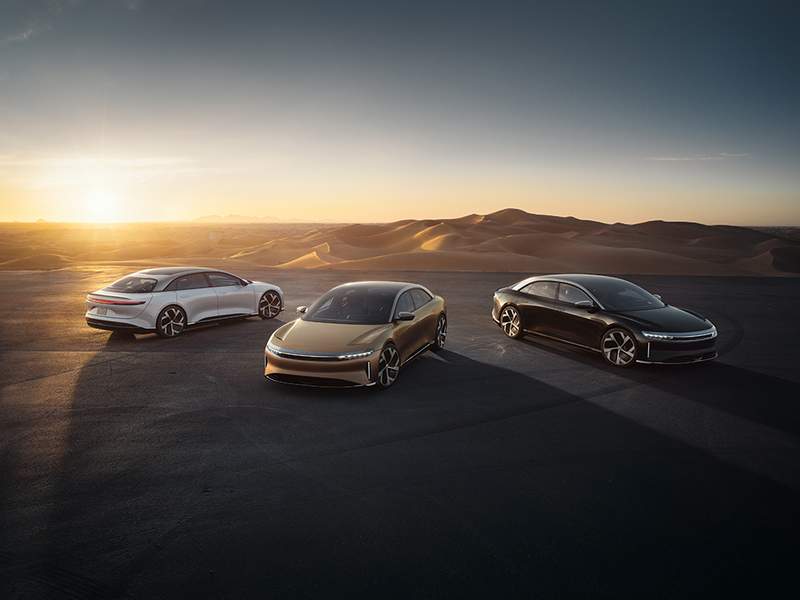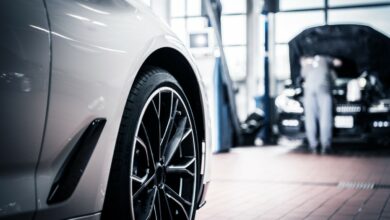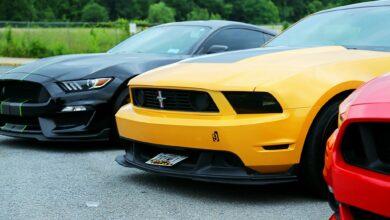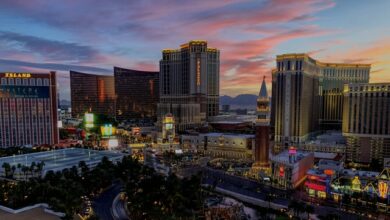
The success of Tesla has inspired other companies to enter the electric vehicle market. The most recent entrant into the EV segment, Lucid, is currently accepting reservations for the purchase of their Air model.
Lucid Air
Read More »Models and Pricing
The 620 horsepower Air Touring has a beginning sticker price of $95,000. The Grand Touring edition produces 800HP and retails for $139,000. A minimum $1,000 deposit is required to reserve the models listed above. Staking claim to an Air Dream Edition requires a $7,500 deposit. This $169,000 version generates 1,080 horsepower.
Safety
The Air’s low center-of-gravity makes it less prone to rollover. In the event of a collision, eight airbags surround the Air’s occupants. An impact-resistant shield surrounds battery packs. Preemptive safety measures include 32 sensors delivering vital information to the driver monitoring system. The self-regulating headlights are the brightest on the market. The bonded aluminum construction reduces weight while providing more excellent protection in a crash.
Performance
Information provided by Lucid reports that equipped with the 113kWh extended range battery pack, the Air covers 517 miles between chargings. Charging the Lucid Air to travel 300 miles takes 20 minutes. Reaching 60mph from a standing start requires 2.5 seconds. The Air’s quarter-mile elapsed time is 9.9 seconds.
Body Design
The glass roof on the Lucid Air looks as though it is a seamless continuation of the windshield. There are no visible gaps or seams between the fenders and the hood and trunk lid. The hood includes functional vents that improve aerodynamics and cool the LED Micro Lens headlights. Wind-tunnel testing places the Air’s drag co-efficient at 0.21, making it the most aerodynamic car in its class.
Cabin
The wooden interior trim used in the Luid Air is from sustainably harvested woods. The producer of the leather for the seating is the most environmentally responsible company of its kind. In addition to the gauges, the 34″ dashboard screen houses the controls for audio, lighting, locks, navigation, and wipers. The length of the screen gives both driver and passenger access to some controls.
Cabin Space
The Air has seating for five. There is 39.5″ of headroom in the front seat and 35.8″ of clearance for backseat passengers. Effective front-seat legroom is 41.5″. The battery option chosen determines the amount of rear legroom. Equipped with the standard battery, the Air has 37.4″ of back seat legroom or 35.8″ with the long-range battery. Front and rear shoulder room equal 58.3″ and 54.5″ respectively.
Storage
An advantage of owning an electric vehicle is that EVs essentially have two trunks. The rear storage area holds 456 liters. An additional 202 liters of cargo space is available in the front.
The Battery
Batteries designed for the Formula E racing series inspired the design of the power source Lucid uses. Before getting into the EV building business, Lucid made power packs for EVs, including Formula E cars. A Lucid Air battery pack stores more voltage than any EV on the market. For faster charging, Lucid battery packs can handle an infusion of 300kW of power. The nearest competitor’s battery accepts 270kW. An onboard bi-directional charger dubbed the “Wunderbox” aids a DC Fast Charger in delivering enough juice in one minute to drive 20 miles.
The Lucid Production Facility
California’s Bay Area, specifically Silicon Valley is home to Lucid company headquarters. The Lucid factory sits on a 500-acre site in Casa Grande, Arizona. Ultimately, the plant will turn out 300,000 cars yearly. The Lucid production facility is the first facility in the U.S. built for the manufacture of electric vehicles. Lucid describes its production equipment as “the world’s most advanced.”
Peter Rawlinson
Lucid’s Chief Executive and Chief Technology Officer Peter Rawlinson was in the employ of Lotus when Elon Musk recruited him to work for Tesla. Rawlinson’s engineering talents were needed to develop the electric drive train for the Tesla S.
Correcting Tesla’s Mistakes
Lucid Air’s engineering corrects design flaws that Peter Rawlinson saw in the Tesla S. Specifically, the drive components are more massive than necessary, causing a reduction in available room and efficiency. The Air’s propulsion system, the unit-motor, inverter, and transmission, weighs a mere 161 combined pounds yet generates 670 horses and 2,950 lb-ft of torque.
The 1,060 horses mentioned earlier are generated by the front and rear motors working in unison. A governor reduces current flow to restrict horsepower. The drive train placement increases passenger space.





